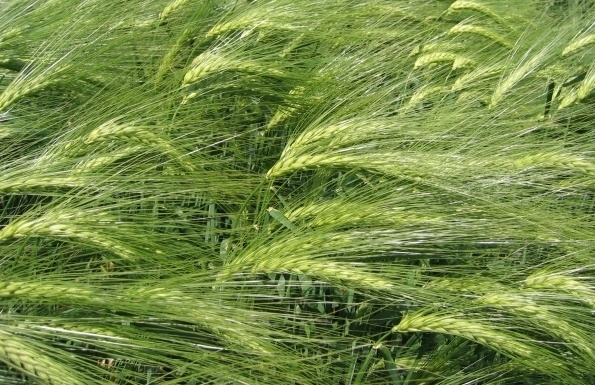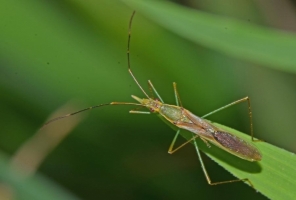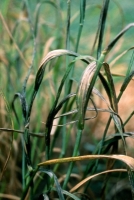RS 6: Ready to harvest in 130-135 days. Suitable for rainfed as well as irrigated areas. It is usefull for malting purpose. It gives average yield of 14-16 qtl/acre.
RBD 1: Suitable for irrigated areas of Rajasthan. Gives average yield of 12-14 qtl/acre.
Kedar: High yielding dwarf variety developed by IARI, New Delhi. Suitable for late sown conditions. It is resistant to rust disease.
RD 2552, RD 2592
RD 2503, RD 2624
RD 2508, RD 2660
RD 2035, RD 2668
RD 2052, RD 2715
NP-13, NP 103, RS-17, RD 31, RD 57, Bilara 2
Other state varieties:
RD 2035, BCU 73 or Rekha, DWRUB 64, RD 2503, DWRB 73
PL 751, NARENDRA BARLEY 2, GETANJALI (K1149)
Jyoti: Developed by C.S.A, Kanpur. Ready to harvest in 120-125days. Suitable for growing under irrigated areas. Gives average yield of 8-10 qtl/acre.
Karan 201, 264: Suitable for cultivation in problematic soils. Gives average yield of 15 qtl and 18 qtl/acre respectively.
RD 2786: Suitable for timely sown irrigated conditions. Ready to harvest in 111days. Gives average yield of 20qtl/acre.
RD 2794: Suitable for timely sown irrigated areas. It can be cultivated in alkaline or saline soils. Ready to harvest in 121 days. Gives average yield of 12 qtl/acre.










.png)
.png)
.png)

.png)
.png)
.png)
.png)











